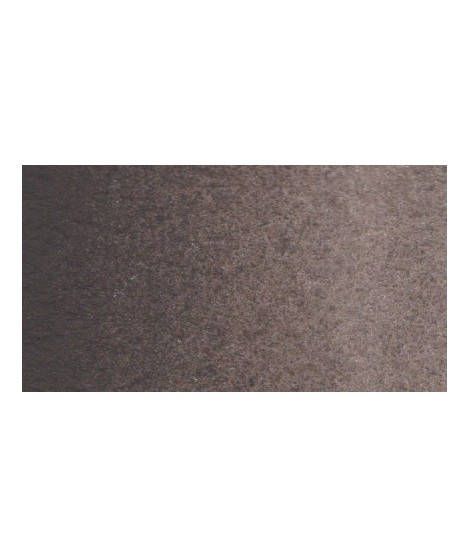





Sepia – The Softness of a Warm Brown
PBK11 + PBK6 + PR101 + PY42 - Opaque - Non-granulating
Sepia, with its warm and deep tones, is ideal for creating shadows or earthy hues, realistic portraits, monochromes, and natural landscapes.tiful very dark brown, almost black. Very useful for contrasts. Can be obtained on the palette by mixing smoke black with mauve iron oxide and ocher or natural Sienna.
This warm brown can quickly become an essential color for any watercolor artist. Traditionally obtained from the ink secreted by the cuttlefish, this hue has withstood the test of time to become a staple in modern palettes. Today, this brown is achieved through a subtle combination of pigments. In watercolor, sepia is perfect for creating shadows, realistic or monochrome portraits, and natural landscapes.
With remarkable permanence, this tone boasts excellent lightfastness.
Sepia lends itself to a variety of mixes. It pairs beautifully with colors such as ultramarine or cobalt blue to create warm grays, ideal for misty landscapes or night scenes. When combined with cadmium yellow, it produces soft, earthy tones, perfect for painting woods. It can be nuanced at will with yellow ochre or natural sienna.
Its use is not limited to dark tones. In fact, sepia can also be diluted to create lighter shades, adding an interesting play of light to your compositions.
I really care about who my colors are for. If I do this job it is above all not to satisfy customers or gain market share but to satisfy artists. So I hope that they can be seduced by the power of the colors and their brightness.